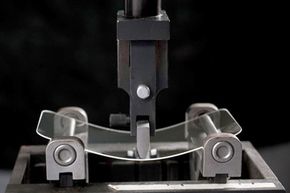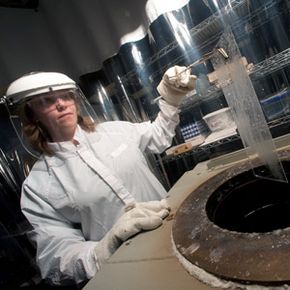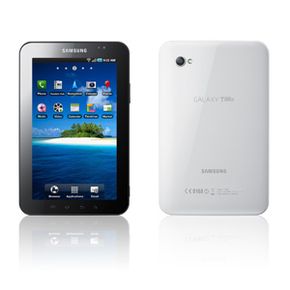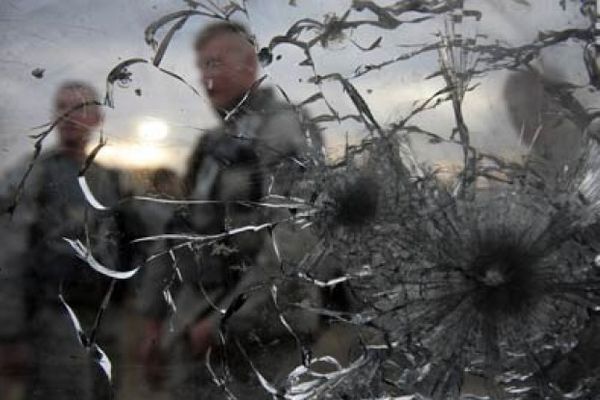You might say we're in the early days of the gadget age. A couple of decades ago, personal computers weren't portable and cell phones were rare luxuries. Today, a quick glance at the electronics store tells you all you need to know. Gadgets are our playthings and our playthings are portable.
But electronics have improved in other ways, too. Processor speeds have risen dramatically, following Moore's Law. Screen resolution is sharper and more vibrant than ever. And some companies spend almost as much time on aesthetics as they do engineering. But there's one improvement that you can't really see: Glass is getting stronger.
Advertisement
The manufacturing company Corning has developed a product it calls Gorilla Glass. The company designed the glass for our electronic lifestyles. As we carry around computers, tablets, smartphones, MP3 players and other devices, we risk damaging them through everyday use. Corning's Gorilla Glass stands up to abuse with scratch- and impact-resistant qualities. And Corning's approach allows the glass to be incredibly thin, meaning it won't interfere with capacitance touch screens or add significant weight to a device.
What's Corning's secret? What's so special about Gorilla Glass that sets it apart from other kinds of glass? The answer involves incredible temperatures, a special trough, robots and a molten salt bath. The finished product is a thin piece of glass that can withstand a lot of punishment.
Advertisement




